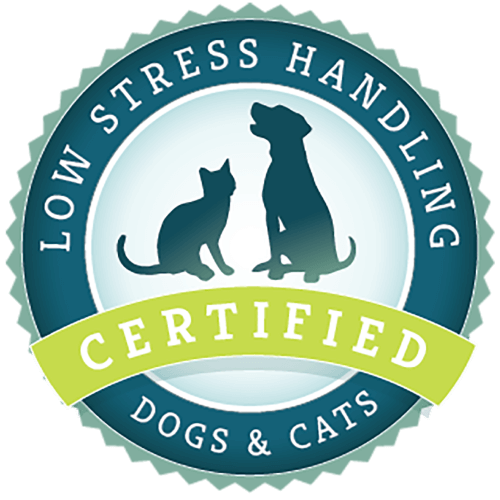What article are you looking for?
Category: I am a…
Nail Boards: An Alternative to Clipping Nails
Many dogs do not like having their nails trimmed and some are outright petrified. Dogs can be taught to file their own nails using a nail board. Dogs learn to scratch on the board using a scratching or digging motion. Nail boards can be purchased or hand made using a board, duct tape, and coarse or medium sandpaper. Learning to use the Nail Board Dogs learn quickly how to use a nail board with minimal training. You shape the behavior by breaking down the completed behavior of scratching the board into smaller steps, rewarding your dog for completing each step.
Cats and High Places: Keeping Them off Counters and Tables
Since this behavior started, they have tried several methods to deter him from jumping up, including yelling at him, placing him back on the floor, and recently started using a squirt bottle to keep him off. None of their techniques are working and they are quickly becoming frustrated. Why do cats often find counters and tables so appealing? Cats instinctively like high places. Cats make use of vertical spaces, much like their ancestors used rocks, bushes, and trees. There is food on counters and tables (even small traces that we might not detect) and they take the gamble that
Traveling with Pets
Whether you are planning a move or traveling for leisure, taking your pet along with you can be stressful for both of you. General Travel Tips: Visit the U.S. Department of Agriculture (USDA) website, and research the requirements and regulations for the location(s) you will be traveling to and through. Work with your veterinarian to create a timeline for necessary vaccinations, completion of health certifications, and other area-specific requirements, such as rabies titer testing. Research the departure and arrival destination requirements regarding pet identification tags or registration, kennel markings, and ISO-compatible microchip information. If you will be staying
Mat Training in Dogs: Teaching to Station on the Mat
Step 2: Shaping the Behavior If he does not willingly step onto the mat, you may also position yourself on the opposite side of the mat from your dog and mark as he steps on it to come to you. At first it may only be one paw, but you will then begin shaping for two, then three, then four feet by increasing the value of the treat. Kibble is the lowest and chicken, or hot dogs or cheese being the highest. Look at mat. Mark then treat on the mat. Touch mat with a paw. Mark then give higher
Preparing for Mat Training: Setting the Mood
Uses Teaching your pet to go to a mat (stationing) can be used to: give him space (a portable safe haven) from visitors and create his own “go to” spot. keep him out of the kitchen during mealtimes or from counter surfing. take the mat to the veterinarian and station him for exams and weighing. station him for medicating at home. station him for grooming. Setting the environment up for success. Before you even start doing mat work with your pet, make sure the surrounding area is set up for success. Minimize any potential distractions for both of you:
Aggression Between Familiar Dogs
Aggression between familiar dogs in the same household is a common occurrence and is one of the most common reasons that dogs are surrendered, rehomed, or euthanized. This aggression can be secondary to high arousal or excitement levels. When a fight occurs, damage to the relationship between the dogs can be difficult to repair. There are a variety of factors that need to be considered when determining the future relationship between these dogs. For instance, aggression between female dogs is reported to be the most common and is the most difficult to treat due to the severity of injuries and

Low Stress Handling® Silver-Level Certification
Individual Certification at this level demonstrates to clients and employers the individual’s dedicated interest in Low Stress Handling®. Hospital Certification at this level demonstrates to clients and staff the hospital’s commitment to appropriately training staff in Low Stress Handling® methods.
Learn More
